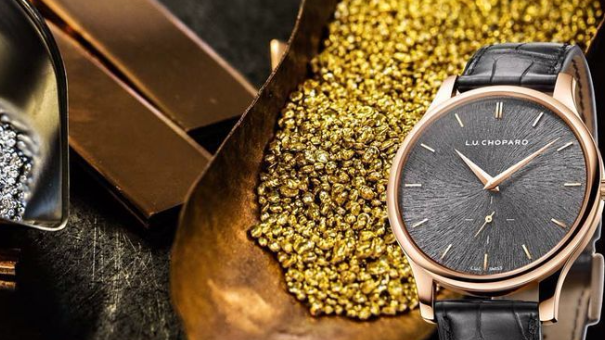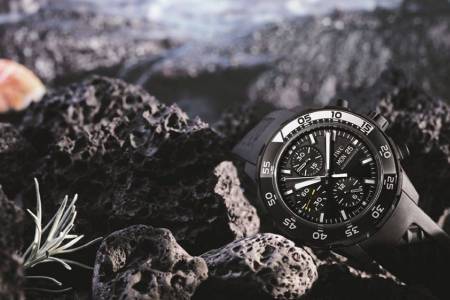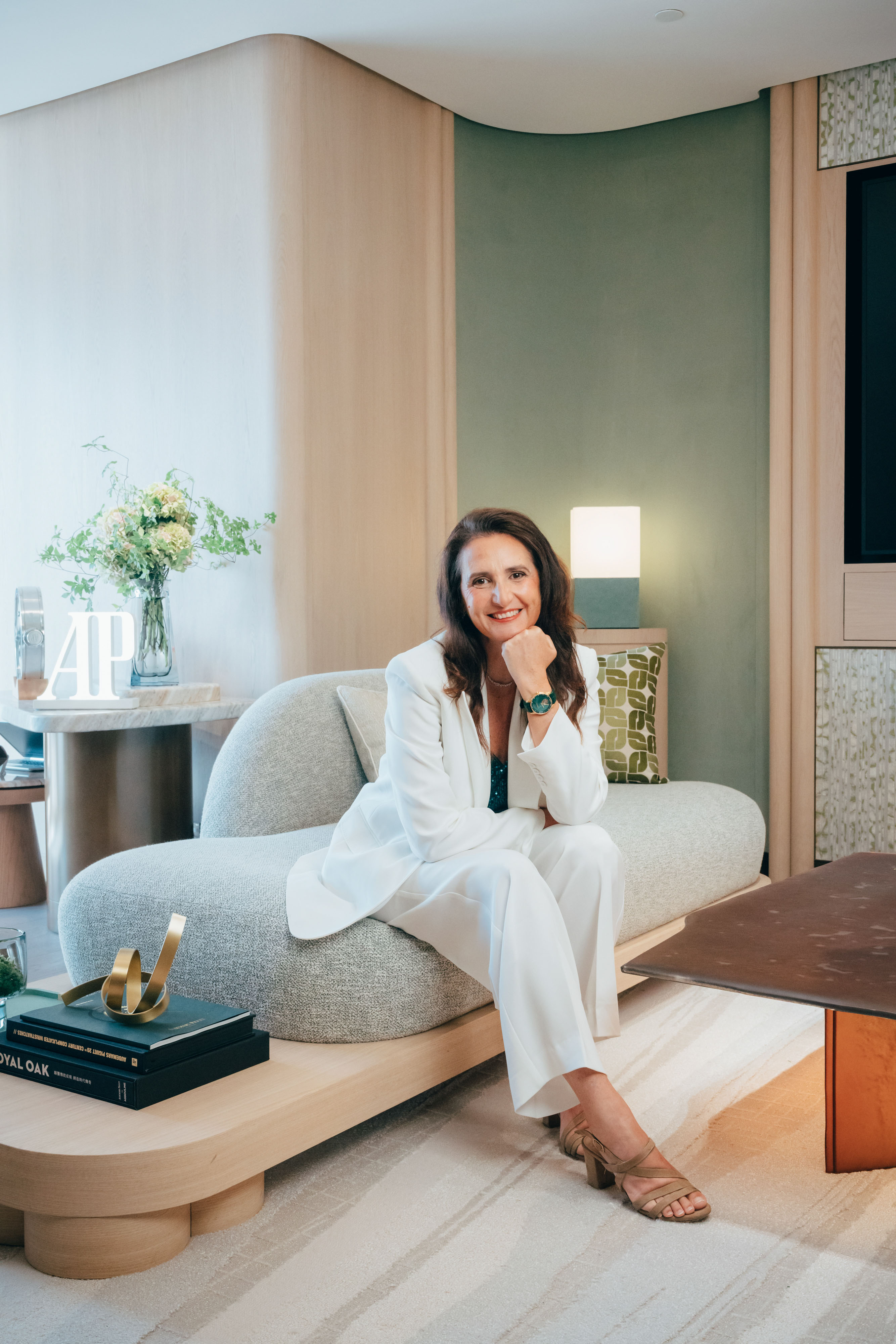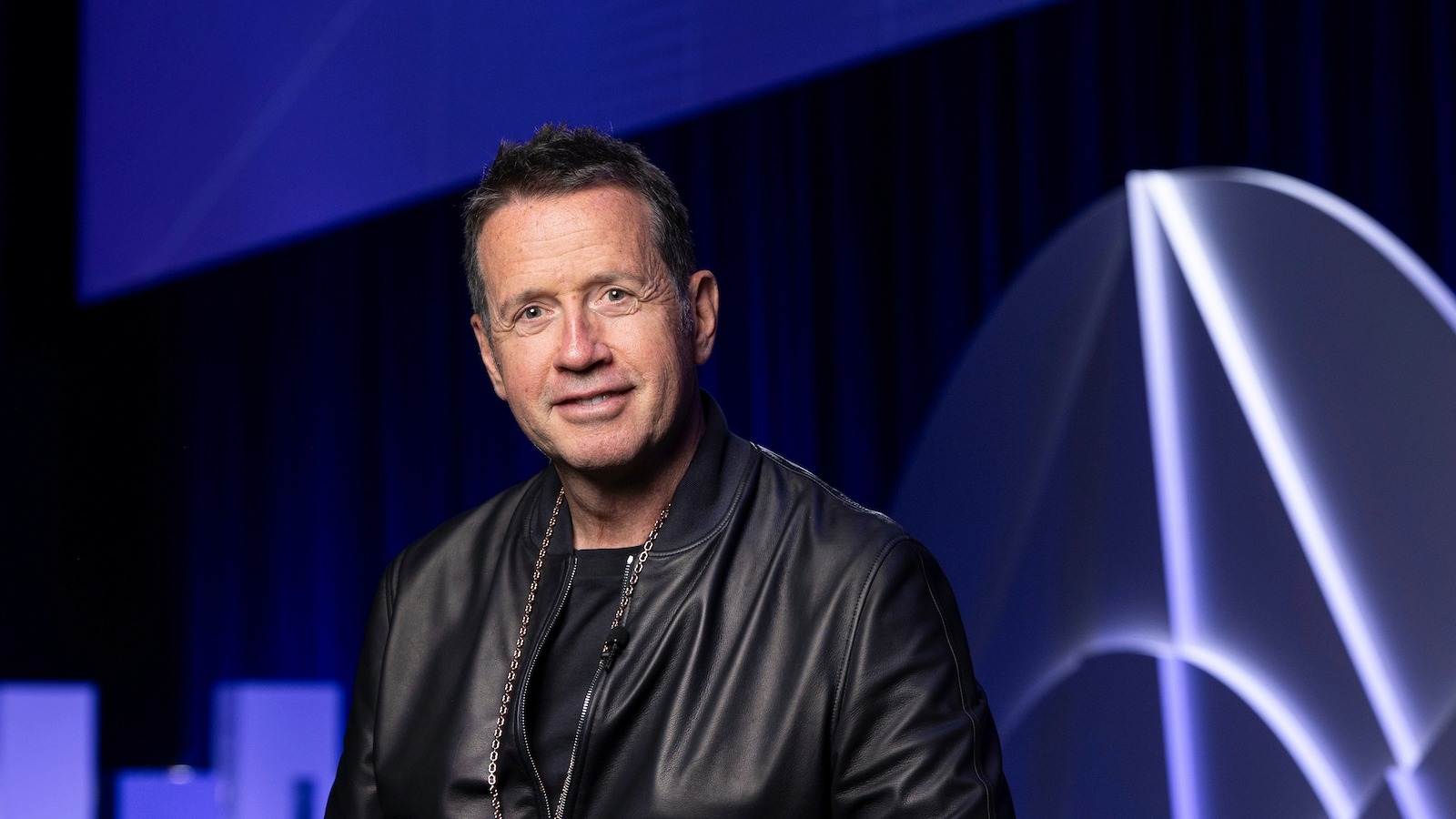From Kering and LVMH, Chopard to Tiffany and the Chalhoub Group, sustainability is slowly but surely rising in prevalence amongst luxury brands. Here, Positive Luxury CEO Diana Verde Nieto examines best practice.

From Kering and LVMH, Chopard to Tiffany and the Chalhoub Group, sustainability is slowly but surely rising in prevalence amongst luxury brands. Here, Positive Luxury CEO Diana Verde Nieto examines best practice.
From Kering and LVMH, Chopard to Tiffany and the Chalhoub Group, sustainability is slowly but surely rising in prevalence amongst luxury brands. Here, Positive Luxury CEO Diana Verde Nieto examines best practice.
Sustainability has become an overused and controversial word, synonymous for many CEOs with costly, complex investment without a clear return. To many, it is a technical specialism related to operational efficiency and supply chain management, and can therefore be delegated to a CSR team while the rest of the business gets on with…well, business. It is not a topic that tends to occupy much of the average CEO’s time, unless and until it causes a crisis.
I have a different view: that sustainability is the most important question for any CEO; that it depends much more on a company’s business model and corporate culture than on its policies and processes; and that it should be embedded throughout the business, rather than operated as a separate department.
“ Today’s CEOs are increasingly convinced that climate change and resource scarcity are critical issues ”
Today’s CEOs are increasingly convinced that climate change and resource scarcity are critical issues; in this year’s Global CEO Survey by PWC, 46% agreed that these issues will “transform their business”; (rising to between 62% and 76% amongst those in extractives, paper and packaging).
The visionary leaders of today believe that making their products or services responsibly – in other words, with minimum environmental impact and maximum positive impact on society – is the logical and only way to do profitable business. It is through these leaders that real and sustainable change will be effected.
In 1987, The Brundtland Report defined sustainable development as “development that meets the needs of the present without compromising the ability of future generations to meet their own needs”. Back then, sustainable development was all about leadership – starting from the top and working down. Of course, supply chain is terribly important, but it pains me to see how it has become a distraction from the more important questions of corporate purpose, model and culture.
While there are many internal and external drivers of sustainability in business, it takes a strong, focused and visionary leader to effect meaningful change. In a Massachusetts Institute of Technology (MIT) study of senior executives from 2013, 68% of respondents said that senior management has the greatest influence on sustainability endeavours; and the good leaders of today – Georges Kern, CEO of watchmaker IWC, Stephen Lussier of DeBeer’s diamond brand Forevermark, and jeweler Monica Vinader, to name but a few – are living proof.
“ It takes a strong, focused and visionary leader to effect meaningful change ”
IWC
Kern places central importance on sustainability, and regards it as a driver of growth. He puts his employees first, continually pursuing high employee satisfaction, equality of opportunity, quality of life and personal development.
He has organized for continual reductions in environmental impacts, with the use heat recovery and photovoltaic cells as alternative energy sources, rainwater as alternative to mains water, electric cars for trips between the production sites, and energy-saving lighting in his boutiques. We can see how the ethos of the circular economy translates even here – there is none of the “use and dispose” mentality of the linear economies of old.
IWC also aims for transparency, fair working conditions and environmental protection in the supply chain. It asks its suppliers to acknowledge and abide by the IWC values, carrying out regular visits to check that its suppliers are adhering to its environmental and social guidelines.
From the beginning, these have included a ban on the use of protected wild lizard skin and a mandate to use only leather from alligators that have been bred in the USA under the control of the Louisiana Department of Wildlife and Fisheries.
IWC has also been “CO2 neutral” since 2007, drawing all of its power from hydroelectric sources.

IWC Aquatimer Chronograph Edition Galapagos Island, in partnership with the Charles Darwin Foundation
According to IWC CEO, Kern: “Sustainability plays an integral part in our corporate philosophy. IWC Schaffhausen is serious about its environmental involvement, and not simply because everyone is talking about climate change.”
Kern’s strong leadership and vision means that IWC really is walking the walk; and making good profits along the way.
Forevermark
Like Kern, Forevermark’s CEO, Stephen Lussier, knows that doing good leads to growth. The Forevermark promise ensures that each diamond is beautiful, rare and responsibly sourced.
Forevermark’s parent company and principal source of diamonds, De Beers, not only provides employment and training to communities throughout Southern Africa, but also plans for a future without mining. For example, as well as providing health and education services to the wider community, it supports local entrepreneurs with loans and advice.
“ The bottom line is that companies which embed sustainability will avoid a whole host of problems ”
Monica Vinader
Monica Vinader is another brand that embraces leadership to drive growth through sustainability.
Part of The Responsible Jewellery Council, its latest partnership with Women For Women International (WfWI) involves the #SheInspiresMe friendship bracelet, exclusively designed by Monica for WfWI, with all profits being donated to support the brand’s work with women survivors of war.
Vinader herself displays strong leadership that ensures her values hold true at the very core of the business; as the company scales, she remains at the heart of the process in Norfolk, where she and her creative team develop the collections.
The bottom line is that companies with leaders who build appropriate corporate cultures and embed sustainability in every business function will avoid a whole host of problems, from reputational crises to problems in the supply chain.
For a world either trembling or yawning at the dreaded “S” word, this is the way forward.
To further investigate the luxury and sustainability on Luxury Society, we invite your to explore the related materials as follows:
– Luxury Fashion & The Great Fur Debate
– From Sustainable Luxury to Luxurious Sustainability
– Luxury Watchmakers Focus on Sustainability










